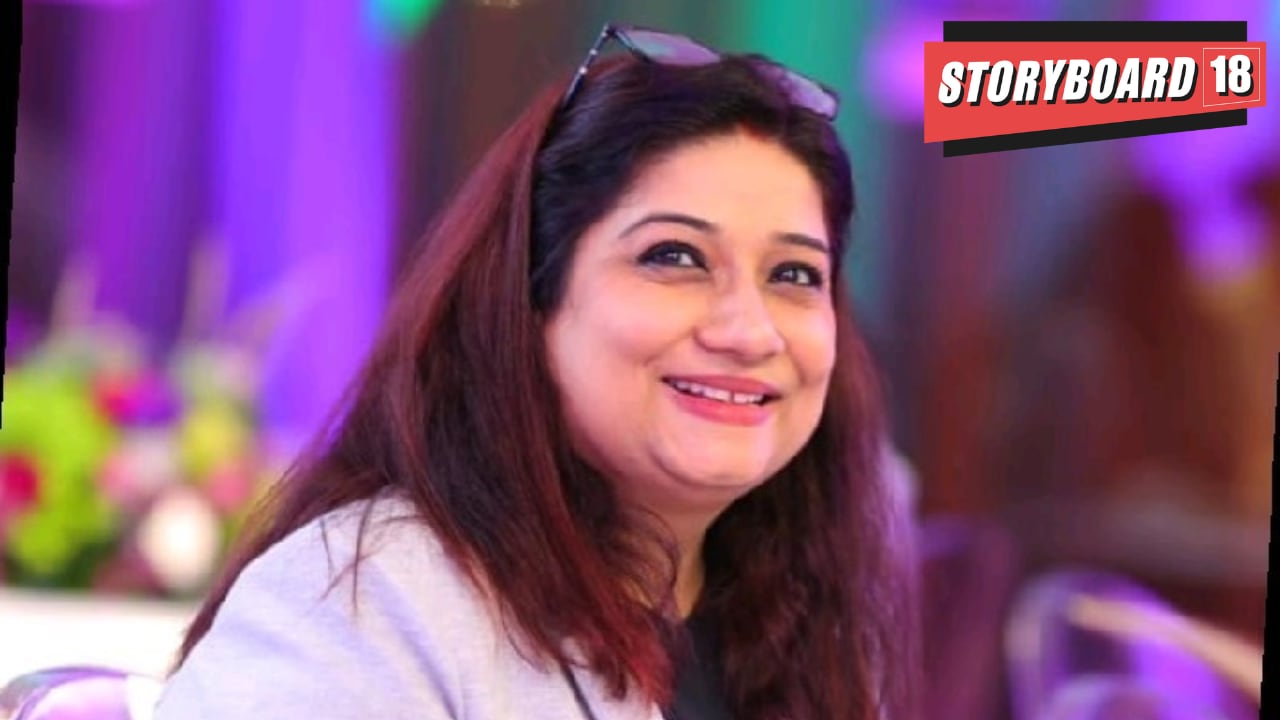Media experts were keen to see Zee and Sony come together as it would open news doors of content portfolio, media planning and negotiations for stakeholders. However the fallout has brought an end to those expectations.
“From a media planning standpoint, having another substantial platform would have enriched discussions and opportunities,” said Sujata Dwibedy, chief investment and trading officer, Amplifi, Dentsu International in a chat with Storyboard18.
Dwibedy talks about expectations they had from the merger, implications of the fallout, the future of GEC and more.
Edited excerpts
What was the initial reaction in the advertising fraternity when the merger was announced?
When the merger was announced in 2021, there was a collective sense of optimism within our industry. The prospect of these two entities joining forces seemed promising given their complementary strengths and potential synergies across television networks and OTT platforms. The idea of a media giant emerging from this merger was exciting, particularly considering its potential to become a strong competitor against the other two networks preparing to join forces. From a media planning standpoint, having another substantial platform would have enriched discussions and opportunities.
Cut to 2023, What was the disappointment like when the deal’s fallout was announced on January 22?
A merged entity could have had considerable influence in acquiring larger IPs like the major cricket properties. With Zee’s strong regional footprint and Sony’s hold in metros, coupled with their impressive programming and content across both digital and television platforms, it offered a compelling proposition for our clients.
However, with the fallout, the landscape has taken an unexpected turn. Beyond the financial implications, the dwindling television numbers pose a significant challenge for us. The impending rise of a new monopoly, following the merger of other two major players, raises concerns for our industry.
If and when the other big merger that is being discussed happens, the network will be holding rights to IPL fully and substantial GEC content, limiting our ability to negotiate competitive rates and discuss terms openly. The media fraternity had initially anticipated positive changes with the Zee & Sony merger, but the current scenario has introduced new challenges that we must navigate carefully.
Will the Sony-Zee merger fallout impact smaller networks?
Smaller networks might not be directly affected by the fallout since they often serve as frequency builders for Free-to-Air (FTA) channel networks. In the case of FMCGs, they prioritize Gross Rating Points (GRPs). Regardless of the network size, as long as they contribute to GRPs, smaller networks can survive. GRPs are crucial for FMCGs, and the focus is mainly on maintaining or reducing the Cost Per Rating Point (CPRP) to ensure efficiency, so these smaller networks work as CPRP deflators, hence quite important but will not get impacted with the fallout.
However, for advertisers seeking Impact properties/Reality shows and high GRPs, the potential combination of Sony and Zee would have been ideal. With their diverse and quality content, the merged entity could have offered a unique and impactful platform, which is now unlikely to materialize.
*What is the chatter among your clients about the merger fallout?
Honestly, it doesn’t really matter to them. As long as we deliver the promised GRPs and rates, they trust our evaluation based on numbers and methodology. They typically don’t impose decisions on us as long as we apply the media planning and buying efficiency science and strategy and explain it to them. The only concern arises if the rankings are affected or there is a complete misfit.
*Planners are talking about a slow GEC market- can you elaborate on it?
Imagine the number of cord-cutters in the metros. It’s not that people aren’t watching GECs; they’re watching it on connected TV, but sadly, the numbers aren’t accurately reflected. We lack a unified source of measurement system to track viewership on Connected TV. The metrics that are there can’t provide a comprehensive understanding of this shift. The reality is that people are moving away from linear television towards Connected TV, a trend that is also evident in BARC numbers. It’s a reality we need to acknowledge and embrace. Some clients, like FMCG, still seek CPRP (cost-per-reach point ) and demand deflated rates, but they must come to terms with the ongoing digital transformation.
*The year started with the news of the Zee-Sony merger fallout. What are the other big developments you are expecting or not expecting to happen in 2024?
There is IPL and then the upcoming elections, so we anticipate a promising year. We hope there is economy improvement and overall better sentiments as compared to last year, especially with numerous events and tentpoles scheduled. Let’s see how it unfolds.
